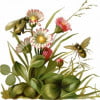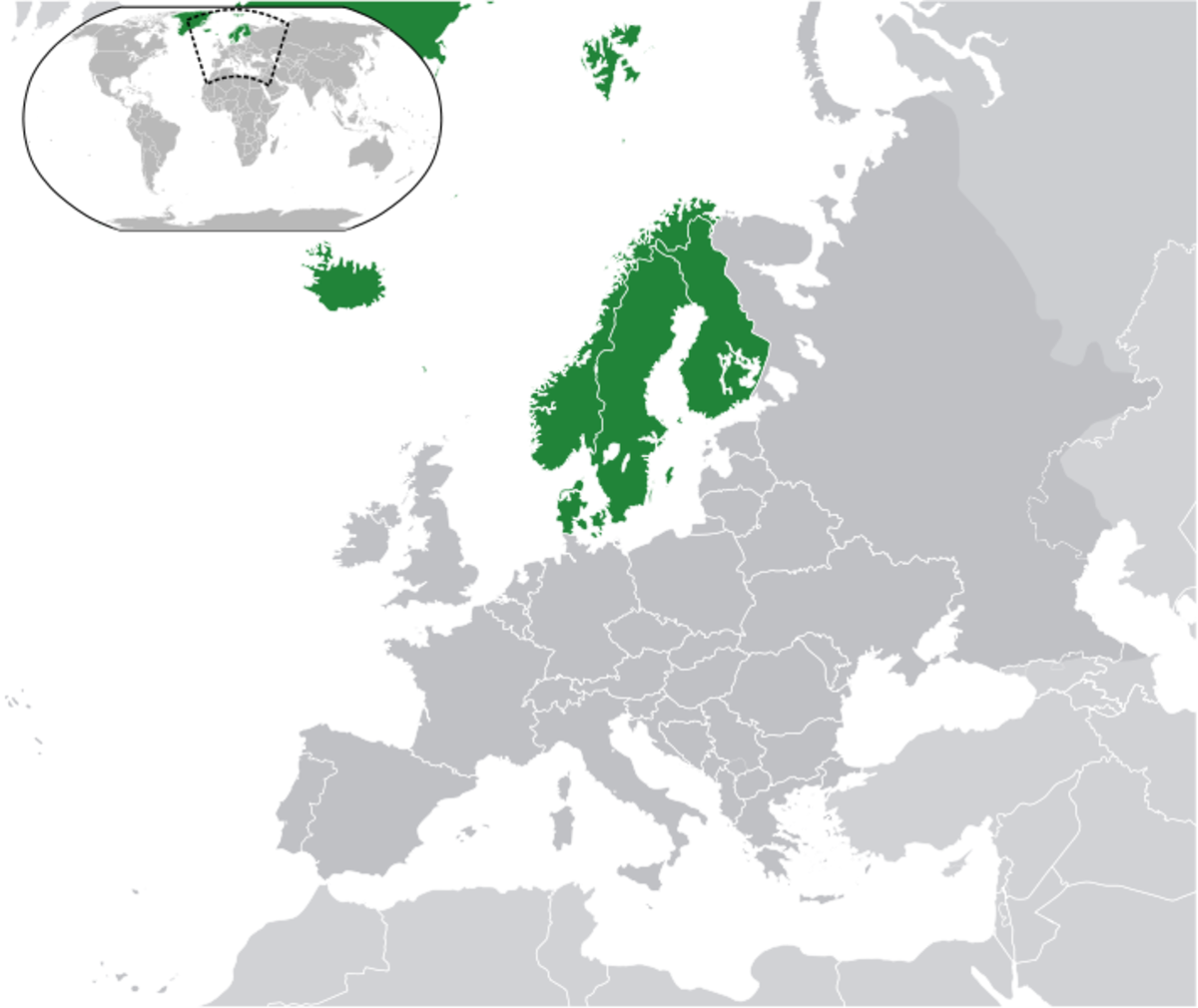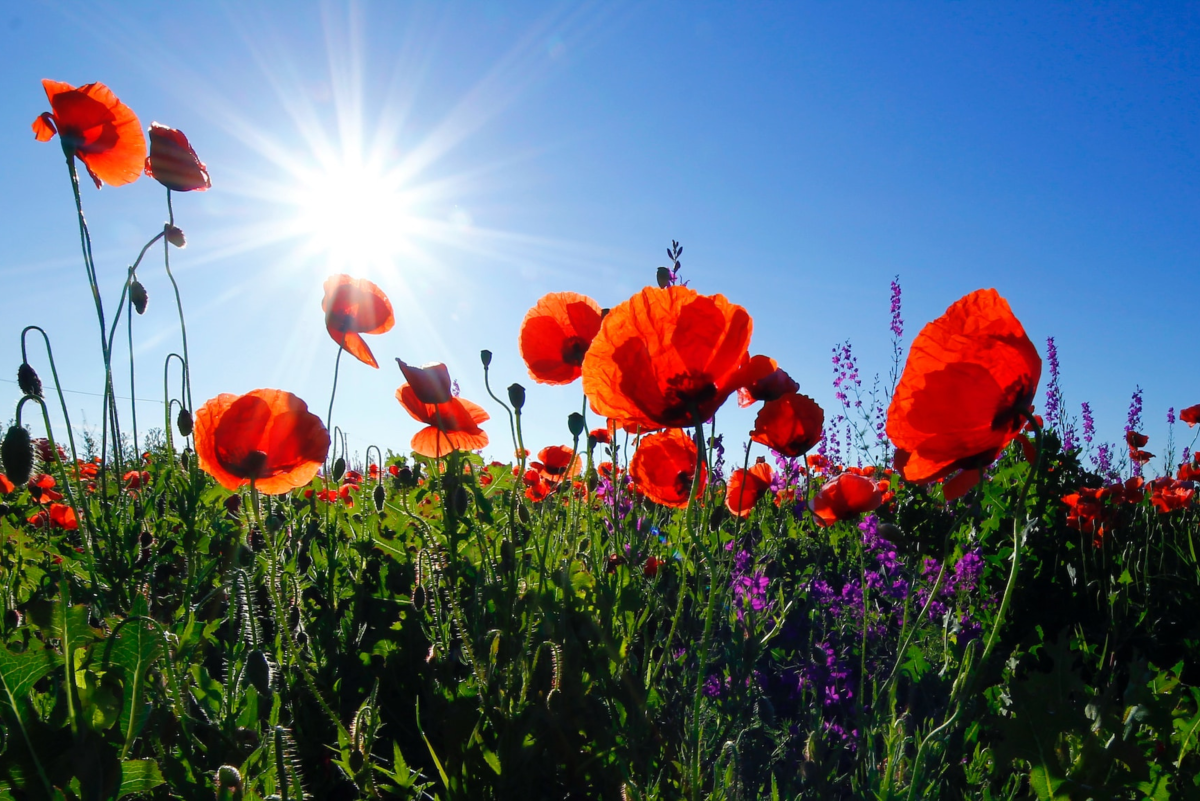The History Of Attar of Roses
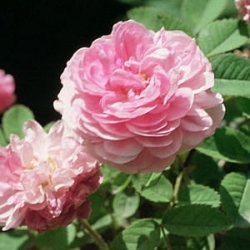
Attar of Roses : An Extraordinary And Romantic History
The history of Attar of Roses begins with the 10th century polymath Avicenna, who perfected the distillation process in Persia, and where the Damask rose grows wild.
The story then spans the continents and the centuries; a precious secret carried by crusaders, monks and Ottoman merchants through war and conquest, finally coming to rest in a beautiful valley in the Balkans. It is from there that the finest Attar of Roses is still made to this day.
Photo by A. Barra [GFDL or CC-BY-SA-3.0], via Wikimedia Commons
Roses have always been loved and highly valued
Four thousand years ago, the ancient Sumarians expressed their love and reverence for the rose by dedicating it to their most important goddess, Inanna.
Over the next millenia religions changed, and with it the gods and goddesses that were worshipped. But whichever goddess ruled the heavens, the symbol of the rose accompanied her. Eventually the rose became inextricably linked with the pan-goddess Isis, central to religious life of the Egyptians, Greeks and Romans.
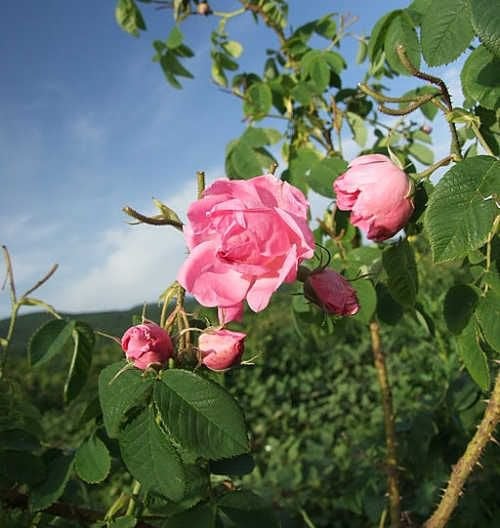
Image by studiolemontree.com [CC-BY-SA-3.0 or GFDL], via Wikimedia Commons
All the ancient civilizations revered the rose as a symbol of love, and equally as a healing herb valued for its ability to heal infection, rejuvenate skin and lift the mind and spirit. The ancient Egyptians, Greeks and Romans all used various methods to capture the scent and qualities of the rose, but it took nearly a thousand more years before Avicenna discovered how to extract the essential qualities of the rose in a stable form.
The use of roses in healing in the Ancient World
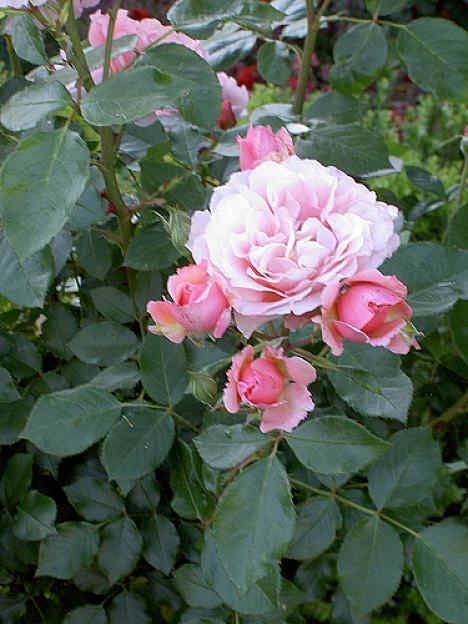
The first important writings about the healing qualities of Roses come from the roman Plinius Secundus, known as Pliny the Elder, who listed 32 medicinal rose preparations in his encyclopaedia 'Natural History'.
Rose extracts were used by the Ancient Egyptians, Greeks and Romans to treat headaches, migraine, eye diseases, tuberculosis, wounds that wouldn't heal, and depression and mental disorders.
The Egyptians scattered rose petals during sacred ceremonies and used rose in their preserving and embalming preparations.
Rose preparations were made in various ways; by adding powdered petals to wine or water, and also by soaking rose petals in oil; a method known today as enflourage.
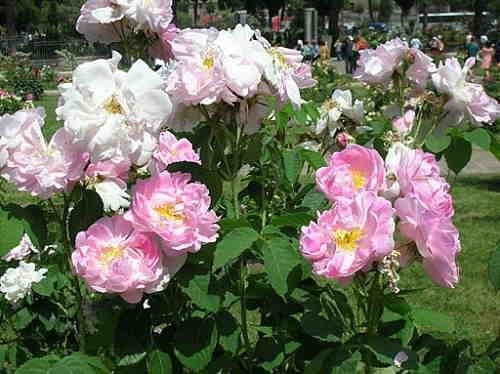
Image by Patafisik (Own work) [Public domain], via Wikimedia Commons
Avicenna (Ali Ibn Sina) was born in Persia in 980, and is credited with inventing the still that revolutionized the extraction of essential oils from plants.
He was one of those amazing scholars who's interests and skills ranged far and wide, and part of his legacy to the world was a collection of one hundred books on his scientific and medical discoveries.
The first book in the hundred was about the healing properties of roses. Having perfected the art of distilling and extracting the essential oil from roses, he detailed the properties of the rose and its application in the treatment of many illnesses including persistent coughing and tuberculosis.
See page for author [Public domain], via Wikimedia Commons
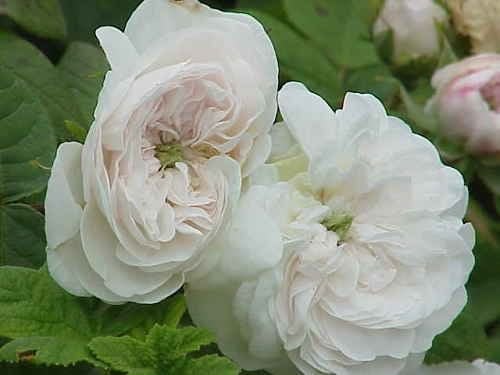
Image by Kurt Stüber [1] [GFDL or CC-BY-SA-3.0], via Wikimedia Commons
The Rose in Mediaeval Europe...
12th Century Crusaders brought the still and Attar of Roses back to Europe...
When 12th-century crusaders returned to Europe from the East, they brought with them Attar of Roses, rose water and rose plants from Persia. They also brought back Arabic scientific knowledge including how to make essential oils by distillation. This new knowledge was enthusiastically embraced, and by 1200, roses were being cultivated on a grand scale, and France was established as the perfume centre of Europe.
Around the same time, the development of the printing press revolutionized the spread of all kinds of knowledge. The ease with which books could be reproduced meant books were no longer the preserve of the monasteries and the fabulously rich. Herbals were printed and available to any who could read.
By the late 16th century all great houses had their own still room and the essential oil of rose came into extensive medical use. Rose oil is first mentioned in Worms' Pharmacopoeia published in 1582.
Bulgaria produces the finest Attar of Roses in the world today

Bulgaria today, and pure, organic Attar of Roses
Bulgaria is now the world's largest producer of Rose oil. There are 2 kinds of rose oil: that produced by the traditional steam distillation method (Attar of Roses),also known as Rose Otto, and another rose oil produced by chemical extraction called Rose Absolute.
This essential oil of rose is pure Rose Attar made by steam distillation and without the use of chemicals.
USDA Certified Organic
100% pure steam-distilled organic Bulgarian Rose Oil
Therapeutic Grade
Directly from the producer
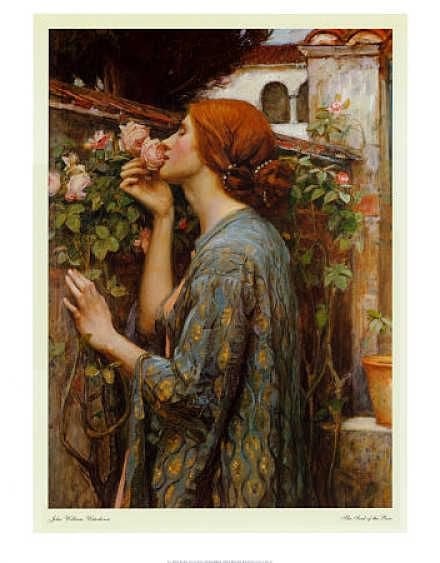
The Soul of the Rose, 1908 by John William Waterhouse
"But the hour that brought the scent of the rose, she lived it in Paradise."
Rudyard Kipling from the Eden Rose
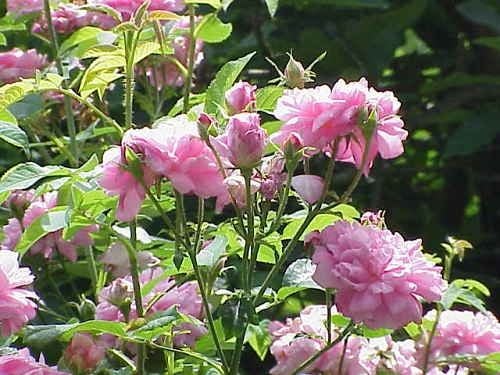
Image by Kurt Stüber [1] [GFDL or CC-BY-SA-3.0], via Wikimedia Commons
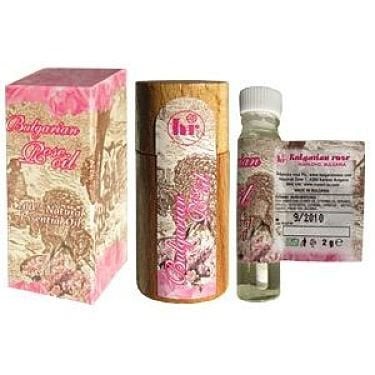
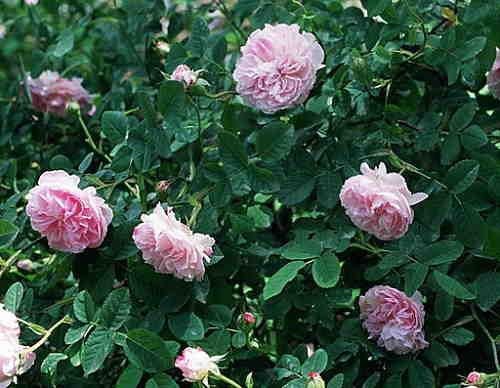
mage by A. Barra (Own work) [GFDL or CC-BY-SA-3.0], via Wikimedia Commons
